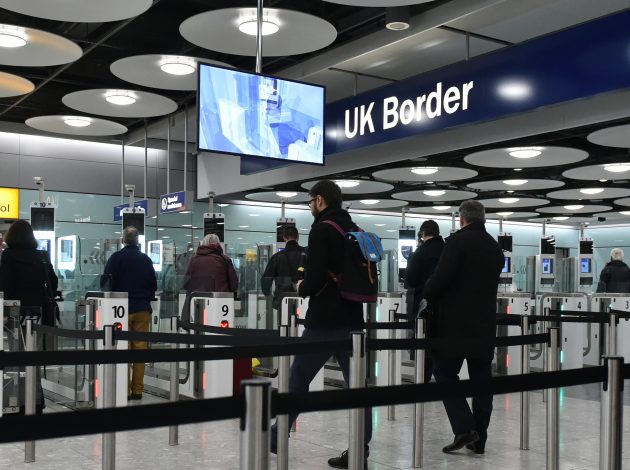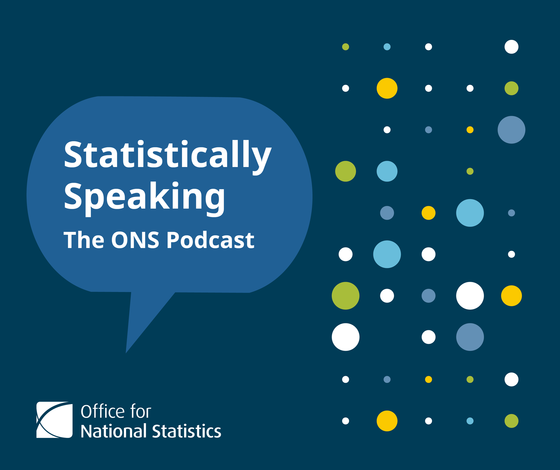Collaborating to make the UK statistical system more inclusive

Today the ONS has published its first annual review looking at the progress that’s been made in the past year towards making the UK statistical system more inclusive. Debra Prestwood updates us on what’s been achieved so far, as well as the challenges and opportunities that lie ahead.
Read more on Collaborating to make the UK statistical system more inclusive


